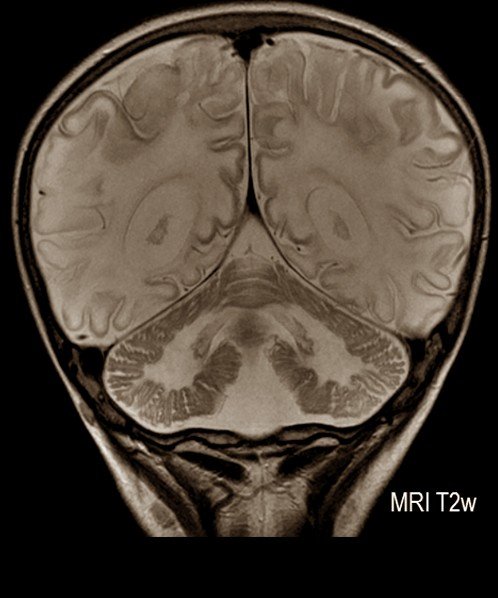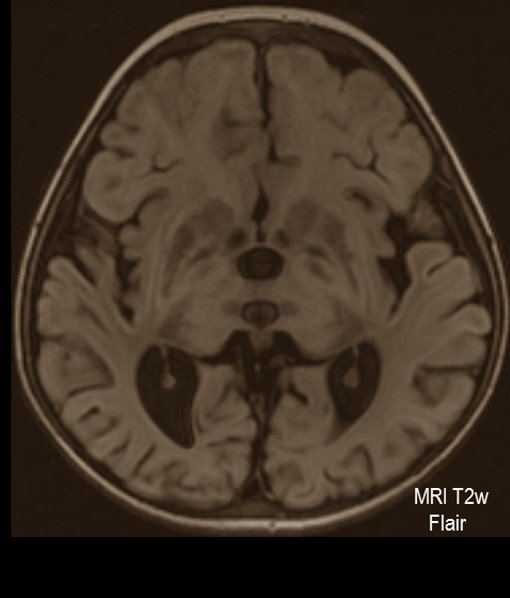Tay-Sachs Disease
Last reviewed by Dr. Raj MD on January 12th, 2022.
What is Tay-Sachs disease?
This is a neurodegenerative disorder that is rare. It is categorized as a lysosomal storage disease. In the cells of your digestive system, the lysosomones are the main digestive unit and in these there are enzymes that help to digest or break down nutrients such as fats and certain complex carbohydrates. There are three forms of this medical condition, which are infantile, juvenile, and adult. In the United States there are approximately sixteen cases of this disease each year.
Symptoms
As there are three forms of this disease, each has their own set of symptoms.
Infantile symptoms
These symptoms start to appear in the first three to six months of the child’s life and include:
- Growth development that is slow.
- Muscles that are weak
- Loosing motor skills like turning around in their sleep, crawling, or sitting.
- Having seizures
- Having an increase in their reflexes toward sudden noises or acting startled.
- Loss of hearing and vision
- Not being able to swallow
- Paralysis
- Mental retardation
Infants that have this disease will usually show an abnormally in their eyes which is referred to as the cherry-red spot and is only visible when they have an examination of their eyes.
Juvenile symptoms
When a child has this form, they may have the enzyme but not enough to keep from having developmental problems. This disease will manifest itself when a child is between the ages of two and ten years of age and the symptoms include:
- Loss of motor skills
- Speech difficulty known as dysarthria
- Cognitive disabilities
- Difficulty in swallowing known as dysphagia
- Lack of voluntary coordination of muscles known as ataxia
- Stiff or rigid muscles known as spasticity
Adult Symptoms
This disease will appear when a person is in their late twenties or early thirties and they symptoms include:
- Neurological deterioration that is progressive
- Gait that is unsteady
- Difficulty swallowing
- Psychiatric illness
- Spasticity
Causes
The cause of this disease is a gene that is defective on chromosome 15 and is an inherited disease known as an autosomal recessive trait. If both parents carry this defective gene then the child has a twenty-five percent chance of developing the disease and fifty percent have the chance of becoming the carrier of the defective gene. It is a severe form of a group disorder that occurs because of a deficiency of Hexosamindase A. When a person is missing this protein it causes a fatty substance called GM2 ganglioside to build up in your brain and when it accumulates beyond the normal level you get this medical disease.
Treatment
At this time there is no treatment and no cure for this disease. What treatment is used is to help control the symptoms of this disease. Initially anticonvulsant medications may help to control the seizures. Children may need a feeding tube eventually. The type of supportive treatment physician’s recommend is making sure that they have proper nutrition. A parent will also need to know the techniques needed to keep the child’s airway open.
Diagnosis
If a child begins to have problems with their sight, movement, or hearing, the physician might suspect the disease and they will take a family history and do a full physical exam. The physician may also do other tests such as:
- Checking the hexosaminidase levels by doing an enzyme analysis of body tissue or blood.
- Doing an eye exam to see if there is a cherry red spot in their macula, which is the yellow spot at the center of your retina at the back of your eye.
Facts
- Most children that have this genetic disease do not live longer than four years old and die from infections that keeps recurring.
- It causes damage to your nerve cells in your brain
- In order to get the disease the child must have a one gene that is defective from each of their parents
- If a child has just one defective gene they will be a carrier and can potentially pass the disease on
- The nerve damage will usually begin in the womb
- It is a common disease among the Ashkenazi Jewish population with approximately one in twenty-seven members of this particular population carrying the defective gene.
- Anyone can be a carrier of this medical condition.
- The adult type of this genetic disease is very rare
- The symptoms in children get worse over time
- Although there is no way to prevent this disease you can have genetic testing to see if you are a carrier.
- For children who had infantile onset tay-sachs disease it will lead to death
- The juvenile type of this genetic disease is also very rare and most die between the ages of five to fifteen.
- The adult type of this genetic disease is not fatal like infantile and juvenile types
- The disease is named after Warren Tay, a British Ophthalmologist in 1881 when he described the characteristic cherry red spot and after Bernard Sachs, a neurologist from the United States.
- In addition to the Ashkenazi Jewish population, the Cajun population of southern Louisiana and the French Canadians carries the same defective gene.
- People with the adult form of this genetic disease will usually have to use a wheelchair.
- When an infant has this genetic disease they will appear for the first few months to be developing normally.
Tay Sachs Disease Pictures
Photos, Images and Pictures of Tay-Sachs Disease…


